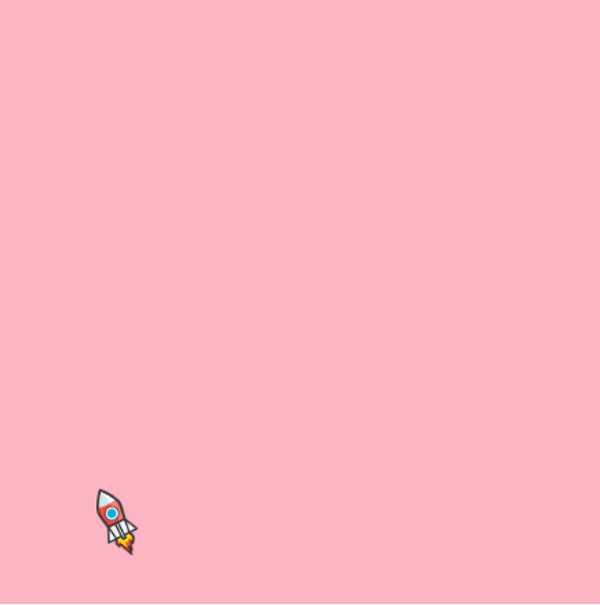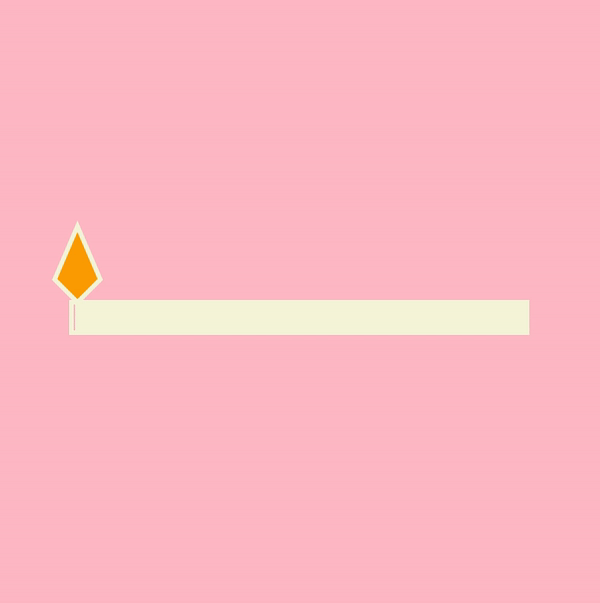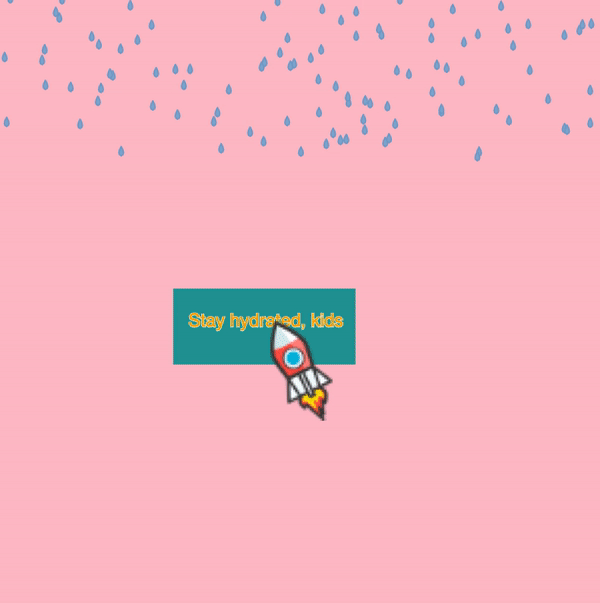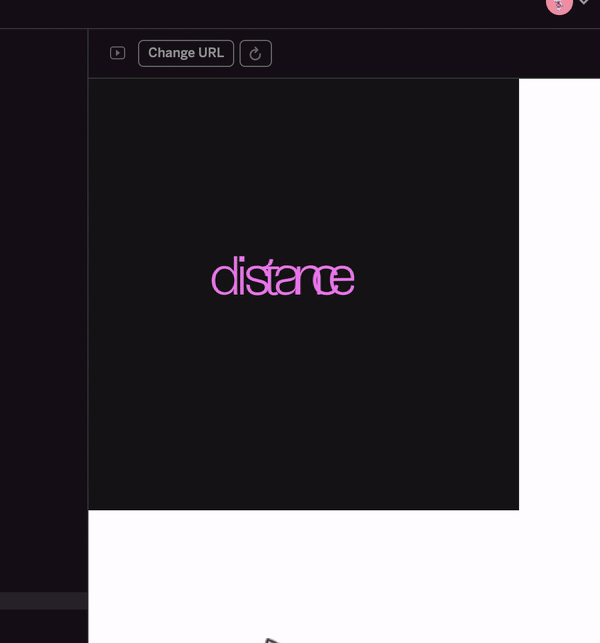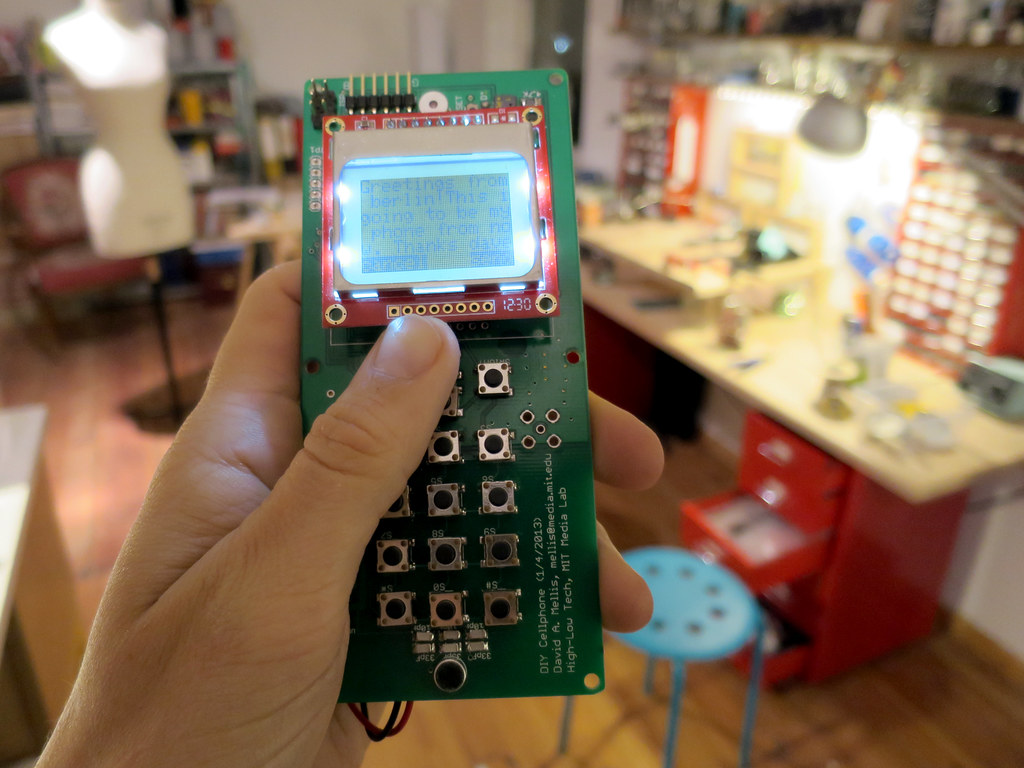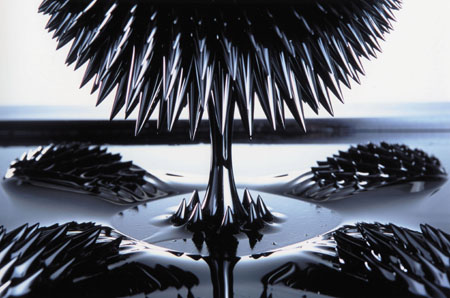After reading the Critical Interface Manifesto by the Spanish HANGAR collective, I chose the following tenet:
La interfaz se da en el pliegue entre el espacio y el tiempo; es dispositivo y situación simultáneamente. Es render (actualiza condiciones pensadas) y emergencia (ensambla algo nuevo). The interface exists in the crease between space and time; it is a device and simultaneously a situation. It is rendered (updated under thoughtful conditions) and emergent (joining into something new).
- Try to delay your interaction with the interface by counting to 10 before clicking. Count to 100. Wait an hour, a day. (1+cH)
- Invite yourself to act and perform in a different way. Imagine a different gender, age, location, character, social position for 20 minutes every day. Review how the render changes. (1+cH)
- Delay answers, read twice, imagine impact. (1+cH)
I found this tenet particularly interesting, as it allowed me to reflect on what an interface is supposed to do, and envisioned this in the context of using the internet as the interface. With such advanced detection and adaptability in today’s modern search engine, the search engine interface tracks and adjusts to your typing behavior and sets up this world for you. The whole idea behind an interface is to bridge the gap between what is real and what isn’t real, and to make an interface that is invisible means adapting and adjusting perfectly to the user’s expectations; to create a fake and reality, like a simulation or situation.
I found this intersting in the line where it suggests and idea of performing in a different way, and seeing how the search engine reacts to that decision. I think it’s sometimes amusing how accurate and how observant the search engine could be, whether it recommends something which you just thought about or just looked over again a couple minutes after searching. As stated in the tenet, the interface is something which is rendered simultaneously, “off of thoughtful conditions”, where it adheres and transforms through time.
The idea behind “inviting” yourself to use the internet through the lenses and behavior in a different manner is an interesting yet creepy experiment I am interested on exploring. I want to find out to what extent can I transform my internet interface based off manipulating my age, gender, and social behavior?


